Description
UNASYN 750MG TABLET
Description :
Unasyn 375 mg Film-Coated Tablet: Each tablet contains 375 mg sultamicillin (as tosylate) which is a mutual prodrug of sulbactam and ampicillin, yielding the equivalent of 147 mg sulbactam and 220 mg ampicillin. Unasyn 750 mg Film-Coated Tablet: Each tablet contains 750 mg sultamicillin (as tosylate) yielding the equivalent of 294 mg sulbactam and 440 mg ampicillin. Unasyn 60 mL Powder for Oral Suspension: Per 5 mL contains 250 mg sultamicillin. Sultamicillin is a double ester in which ampicillin and the beta-lactamase inhibitor sulbactam are linked via a methylene group. Chemically, sultamicillin is the oxymethylpenicillinate sulfone ester of ampicillin and has a molecular weight of 594.7.
Indications / Uses :
Sultamicillin is indicated for infections caused by susceptible microorganisms. Typical indications are upper respiratory tract infections including sinusitis, otitis media and tonsillitis; lower respiratory tract infections including bacterial pneumonias and bronchitis; urinary tract infections and pyelonephritis; skin and soft tissue infections; intra-abdominal infections and gonococcal infections.
Sultamicillin may also be indicated in patients requiring sulbactam/ampicillin therapy following initial treatment with sulbactam/ampicillin IM/IV.
Administration :
May be taken with or without food.
Contraindications :
The use of sultamicillin is contraindicated in individuals with a history of an allergic reaction to any of the penicillins.
Special Precautions :
Serious and occasionally fatal hypersensitivity (anaphylactic) reactions have been reported in patients on penicillin therapy including sultamicillin. These reactions are more apt to occur in individuals with a history of penicillin hypersensitivity and/or hypersensitivity reactions to multiple allergens. There have been reports of individuals with a history of penicillin hypersensitivity who have experienced severe reactions when treated with cephalosporins. Before therapy with penicillin, careful inquiry should be made concerning previous hypersensitivity reactions to penicillins, cephalosporins, and other allergens. If an allergic reaction occurs, the drug should be discontinued and the appropriate therapy instituted.
Serious anaphylactic reactions require immediate emergency treatment with adrenaline. Oxygen, intravenous steroids, and airway management, including intubation, should be administered as indicated.
As with any antibiotic preparation, constant observation for signs of overgrowth of non-susceptible organisms, including fungi, is essential. Should super-infection occur, the drug should be discontinued and/or appropriate therapy instituted.
Clostridium difficile-associated diarrhea (CDAD) has been reported with use of nearly all antibacterial agents, including sultamicillin, and may range in severity from mild diarrhea to fatal colitis. Treatment with antibacterial agents alters the normal flora of the colon, leading to overgrowth of C. difficile.
C. difficile produces toxins A and B, which contribute to the development of CDAD. Hypertoxin-producing strains of C. difficile cause increased morbidity and mortality, as these infections can be refractory to antimicrobial therapy and may require colectomy. CDAD must be considered in all patients who present with diarrhea following antibiotic use. Careful medical history is necessary since CDAD has been reported to occur over two months after the administration of antibacterial agents.
Since infectious mononucleosis is viral in origin, ampicillin should not be used in the treatment. A high percentage of patients with mononucleosis who receive ampicillin develop a skin rash.
It is advisable to check periodically for organ system dysfunction during prolonged therapy; this includes renal, hepatic and hematopoietic systems.
The principal route of excretion of sulbactam and ampicillin following oral administration of sultamicillin is via the urine. Because renal function is not fully developed in neonates, this should be considered when using sultamicillin in neonates.
Tablets: Patients with rare hereditary problems of galactose intolerance, the Lapp lactase deficiency or glucose-galactose malabsorption should not take this medicine.
Powder for Oral Suspension: Patients with rare hereditary problems of fructose intolerance, glucose-galactose malabsorption or sucrase-isomaltase insufficiency should not take this medicine.
Effects on Ability to Drive and Use Machines: None known.

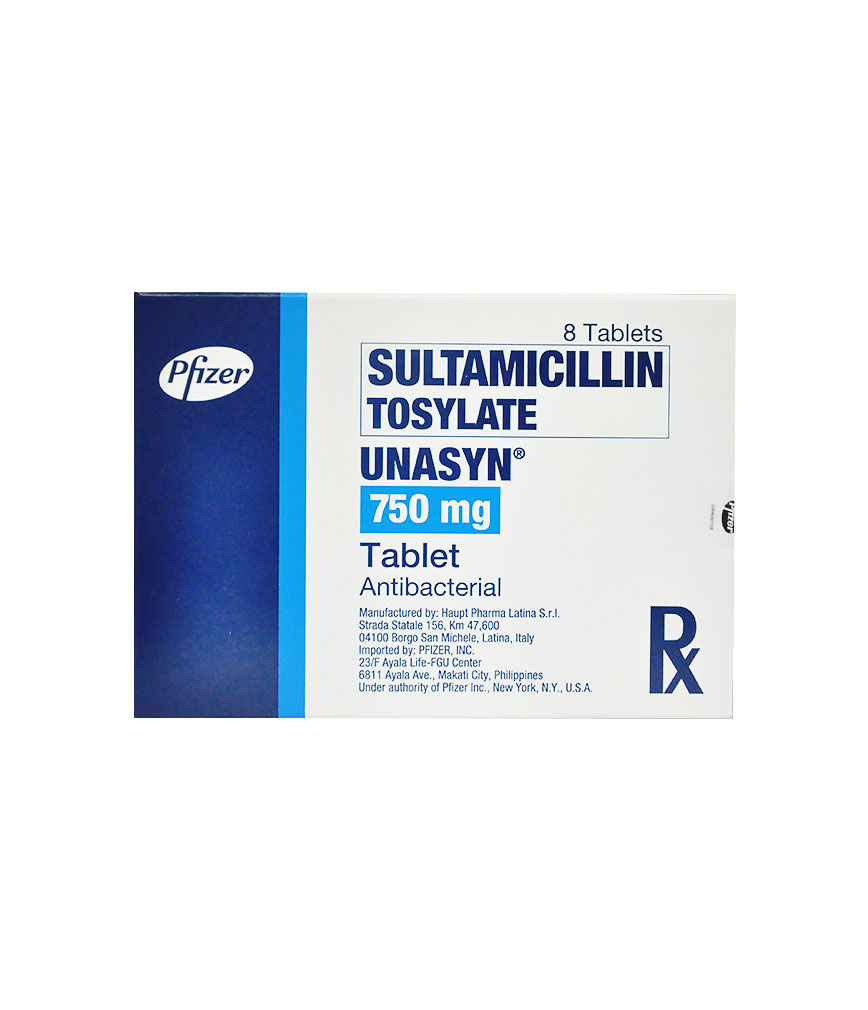

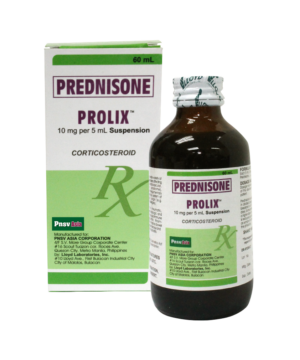
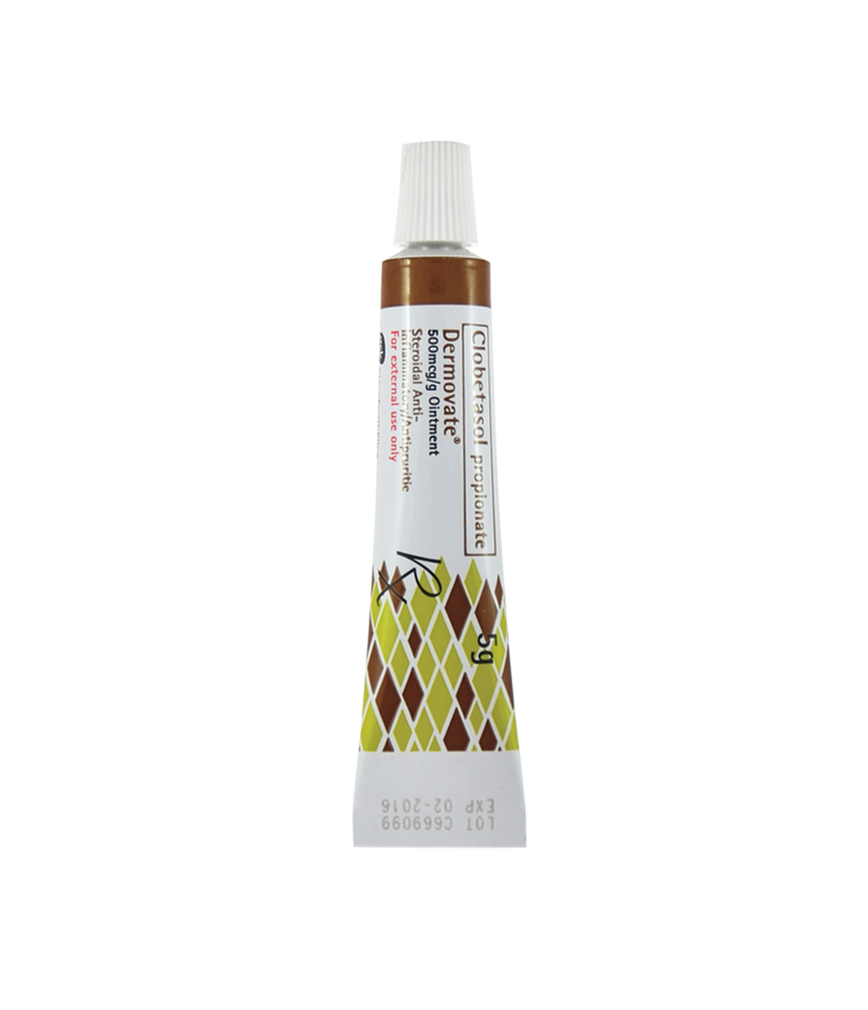



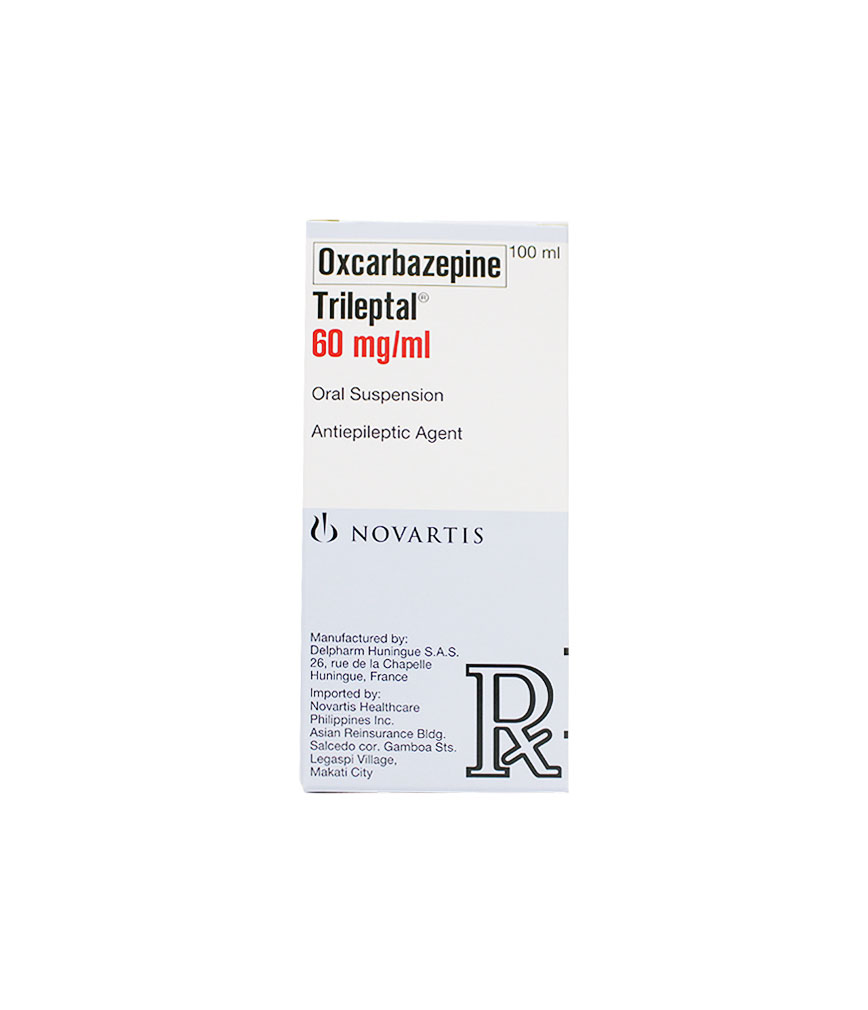
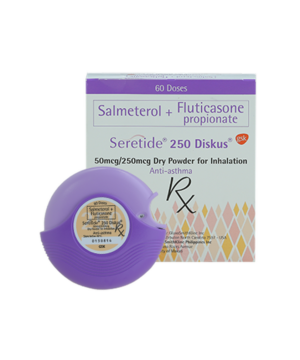




Reviews
There are no reviews yet.